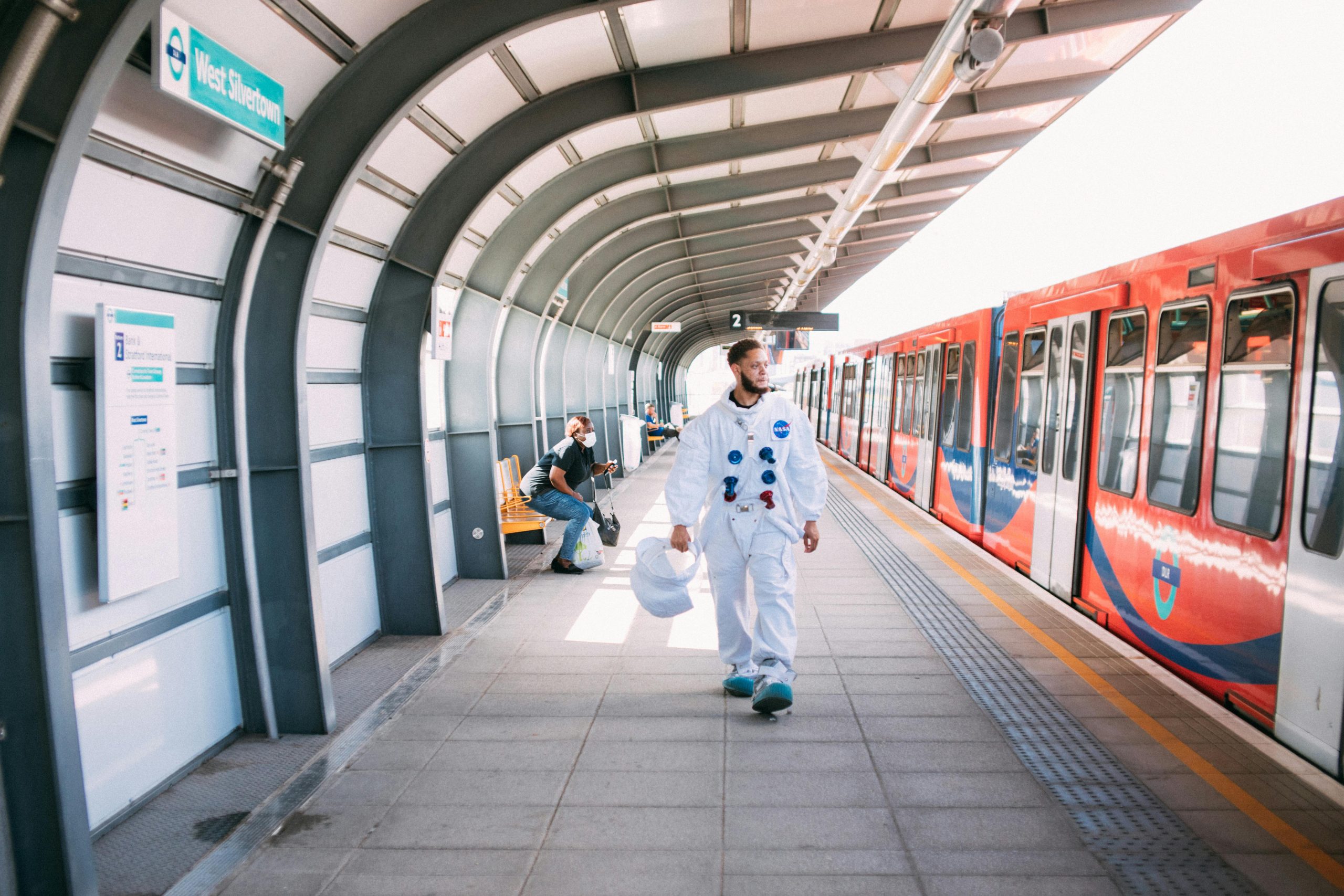Navigating Traffic Challenges: A Reflection on the Silvertown Tunnel
Recently, I found myself navigating the bustling roads of North London when I encountered an unexpected detour. My intended route involved traversing the Blackwall Tunnel, which, unfortunately, was closed due to unforeseen circumstances. This scenario, while frustrating, led to an overwhelming influx of vehicles being diverted through the Silvertown Tunnel, resulting in substantial congestion.
As I approached the Silvertown Tunnel, I couldn’t help but notice the bottleneck created by the need for three lanes of heavy traffic to merge into a single lane. This situation was far from ideal, especially during peak hours when every minute counts.
One thought lingered in my mind: why not temporarily lift the restrictions on the bus and lorry lanes in Silvertown during incidents like these? Allowing additional capacity in such circumstances could ease congestion and improve overall traffic flow. It seems like a practical solution that could benefit countless commuters faced with similar challenges.
Urban infrastructure often presents complexities, but considering flexible solutions for peak traffic times could lead to a smoother experience for everyone on the road. What are your thoughts on this approach? Let’s discuss in the comments below!


Insight on Managing Congestion in the Silvertown Tunnel
Hello, fellow London resident. I appreciate your thoughtful reflection on the traffic challenges surrounding the Silvertown Tunnel. Having experienced similar frustrations myself, I believe there are a few additional points worth considering:
While the Silvertown Tunnel is a much-needed infrastructure project aimed at easing east-west traffic flow, integrating flexible, adaptive management strategies could further enhance its effectiveness. Balancing infrastructure development with smart traffic solutions is key to creating a more resilient transport network for London residents.
Innovative Approaches to Managing Silvertown Tunnel Congestion
As a London resident, I appreciate the thoughtful reflections on the current traffic challenges surrounding the Silvertown Tunnel. The bottleneck during merging and the high volume of diverted vehicles highlight the need for adaptive traffic management strategies.
Implementing temporary measures such as:
could significantly alleviate congestion. Additionally, investing in robust public transport alternatives and encouraging their use during such disruptions might reduce the pressure on road networks.
Ultimately, flexibility and innovation in traffic regulation are key to navigating these urban infrastructure complexities effectively. It’s worth considering how city planners can incorporate these adaptive measures proactively to improve resilience in our transport system.